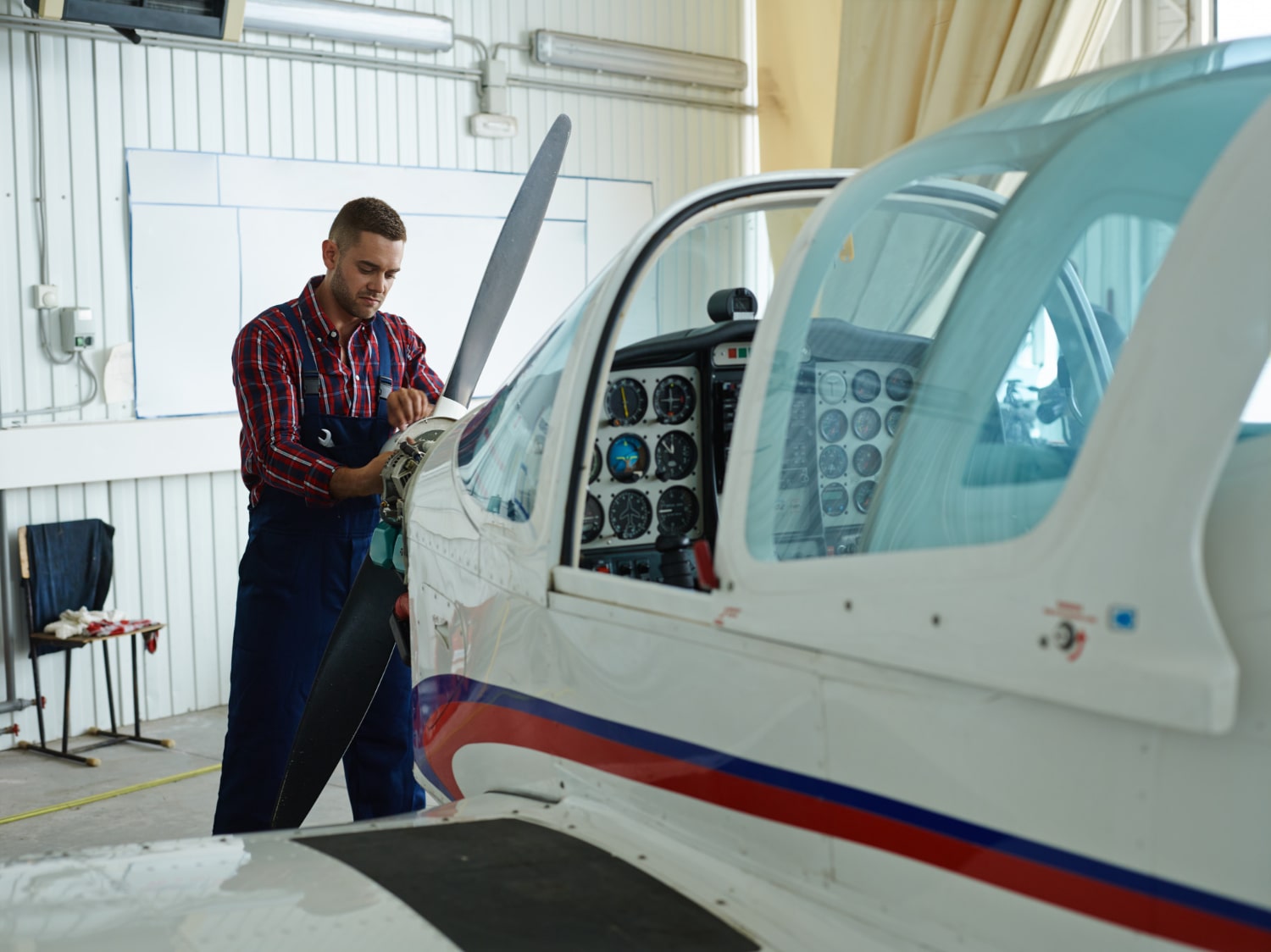notifications
Wings of Opportunity: How India is Shaping the Future of Global Aviation
beenhere Industry

Wings of Opportunity: How India is Shaping the Future of Global Aviation
The aviation sector stands at the brink of an unprecedented expansion. India, in particular, is poised to become the world’s third‑largest aviation market by 2025, with passenger numbers forecast to surpass 400 million annually.
The aviation sector stands at the brink of an unprecedented expansion. India, in particular, is poised to become the world’s third‑largest aviation market by 2025, with passenger numbers forecast to surpass 400 million annually. This rapid growth, driven by rising incomes, infrastructure investment, and policy support, creates an exceptional landscape of opportunity for aspiring Aircraft Maintenance Engineers (AMEs). With the global fleet expected to grow to over 36,400 aircraft by 2034, India’s trajectory fuels domestic connectivity and positions the nation as a vital hub in global aviation. Sha‑Shib Group’s ten prestigious DGCA‑approved AME institutes offer the perfect runway to success for students seeking a rewarding career in this dynamic field.
India’s Aviation Takeoff: Key Growth Drivers
-
Surging Passenger Traffic
India’s domestic air traffic rebounded strongly post‑pandemic, rising to over 160 million passengers in 2023, a growth rate of 20% year‑on‑year. Government schemes like UDAN have opened hundreds of underserved routes, while a burgeoning middle class fuels leisure and business travel alike.
-
Fleet Expansion
Indian carriers have placed orders for more than 2,800 new aircraft over the next two decades to meet demand, doubling the country’s fleet by 2035. This surge in modern, fuel‑efficient jets underscores the critical need for skilled maintenance personnel to ensure safety and minimise downtime.
-
Infrastructure Investments
The government’s National Civil Aviation Policy and PPP‑driven airport modernisation projects are investing over USD 25 billion through 2027. From greenfield airports in Navi Mumbai to runway enhancements in Pune, these upgrades are designed to accommodate growing traffic and support advanced MRO facilities.
-
Global Interconnectivity
As India cements bilateral “Open Skies” agreements and expands international routes, its airports become pivotal nodes in the global network. This international outlook brings in world‑class aircraft and maintenance standards, further raising the bar for AME training.
Global Aviation Outlook: A World in Flight
The International Air Transport Association (IATA) projects global air traffic to grow at an average of 4% per year through 2044, adding roughly 3.7 billion passengers to the skies. Airbus forecasts that operators will need 41,000 new pilots in India alone over the next 20 years, and a parallel demand for 50,000 new maintenance technicians to service an expanding fleet. This worldwide pilot and technician shortfall underscores the strategic importance of AMEs in sustaining aviation’s growth.
Why Aircraft Maintenance Engineers Are Vital
- Safety & Reliability: AMEs certify every aircraft component, from engines to avionics, ensuring each flight meets stringent airworthiness standards.
- Operational Continuity: Skilled AMEs minimise aircraft downtime by diagnosing issues early and executing precise repairs, keeping schedules on track.
- Technological Complexity: Modern jets integrate digital flight controls and composite materials, demanding continuous upskilling by maintenance professionals.
- Regulatory Compliance: DGCA‑licensed AMEs uphold national and international regulations, a prerequisite for airline and MRO operations.
Sha‑Shib Group’s DGCA‑Approved Institutes
To meet this soaring demand, the Sha‑Shib Group operates ten DGCA‑CAR‑147‑approved AME institutes, each recognised for excellence in training and infrastructure:
- Sha‑Shib Flying Academy, Guna
- Hindustan Aerospace & Engineering, Pune
- Academy of Aviation & Engineering, Bengaluru
- Institute of Aeronautics & Engineering, Bhopal
- Indian Aerospace & Engineering, Navi Mumbai
- Sha‑Shib Aviation Academy, Cochin
- Utkal Aerospace & Engineering, Bhubaneswar
- Aerospace Research & Development Centre, Jamshedpur
- ShaShib Aerospace Engineering, Gurugram
- International Aircraft Sales Private Limited, Noida
What Sets Us Apart:
- Centralised Academic Council: Seven DGCA‑approved training managers and quality managers standardise curricula, practical activities, and assessments across all campuses.
- Live, Functional Aircraft: Students gain hands‑on experience through live aircraft training, bridging theory and practice.
- Licensed Faculty & Mentors: Over 100 certified AME instructors bring current industry expertise into the classroom and hangar.
- Cutting‑Edge Simulators & Workshops: From engine test cells to avionics benches, Sha‑Shib campuses replicate real‑world maintenance environments.
- Industry Tie‑Ups: Partnerships with leading MROs like AIESL, AirWorks, GoAir, and TAAL provide internships and placement pathways.
Career Prospects for Aspiring AMEs
- Airlines & MROs: Entry‑level AMEs can expect starting salaries of ₹3–5 lakhs per annum, with rapid progression to senior roles and supervisory positions.
- CAMO & Quality Assurance: Continuing Airworthiness Management Organisations (CAMOs) employ AMEs to oversee aircraft documentation, safety audits, and regulatory compliance.
- Manufacturing & Design: AMEs with advanced skills can work on aircraft production lines or in OEM service centres, contributing to design feedback and product support.
- Global Mobility: DGCA licenses are recognised by many international authorities, enabling work opportunities across the Middle East, Europe, and Southeast Asia.
Choosing Your Path
For students evaluating AME courses, prioritise institutes that offer:
- Verified DGCA CAR‑147 Approval: Confirm on DGCA’s official registry.
- Robust Practical Training: Live aircraft, simulators, and MRO attachments.
- Strong Industry Linkages: Formal internships and placement networks.
- Up‑to‑Date Infrastructure: Modern labs, digital diagnostic tools, and engine test cells.
India’s aviation renaissance, characterised by rapid fleet growth, policy initiatives, and global connectivity, creates a wings‑wide range of opportunities for Aircraft Maintenance Engineers. As the backbone of flight safety and reliability, AMEs will be in ever‑greater demand, both domestically and internationally. Sha‑Shib Group’s ten DGCA‑approved AME institutes provide the gold‑standard education, practical exposure, and industry connections aspiring students need to capitalise on this momentum.
For those eager to launch a dynamic, secure, and globally recognised career, the runway is clear. Wings of opportunity await. Discover your future in aviation at a Sha‑Shib institute today.


